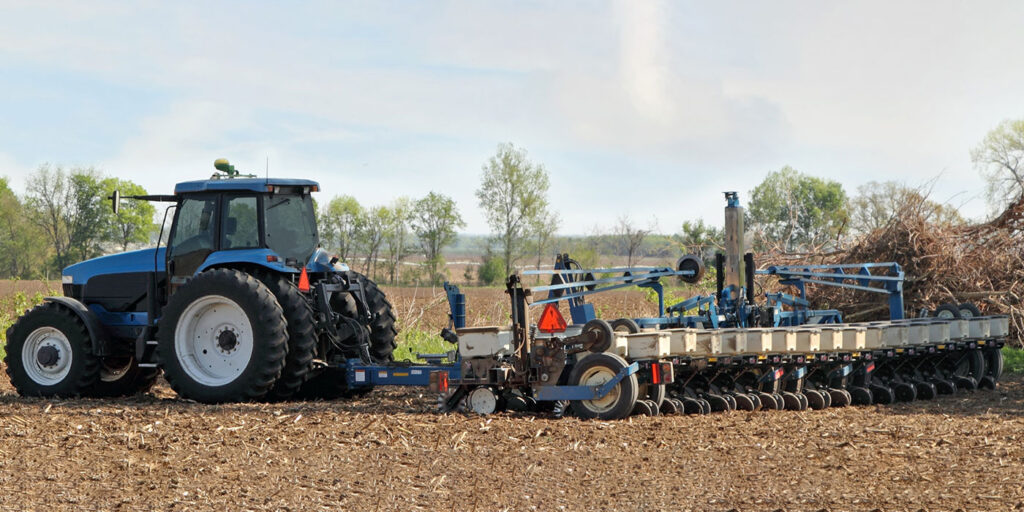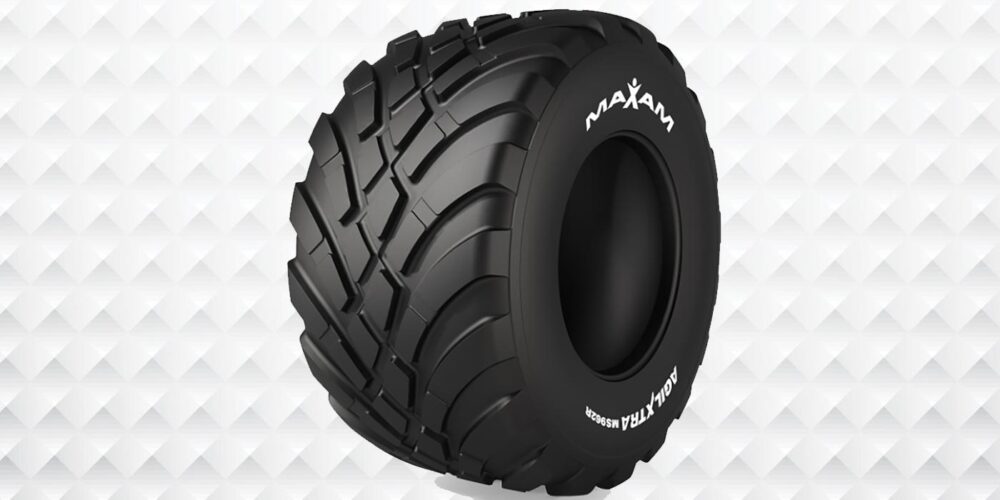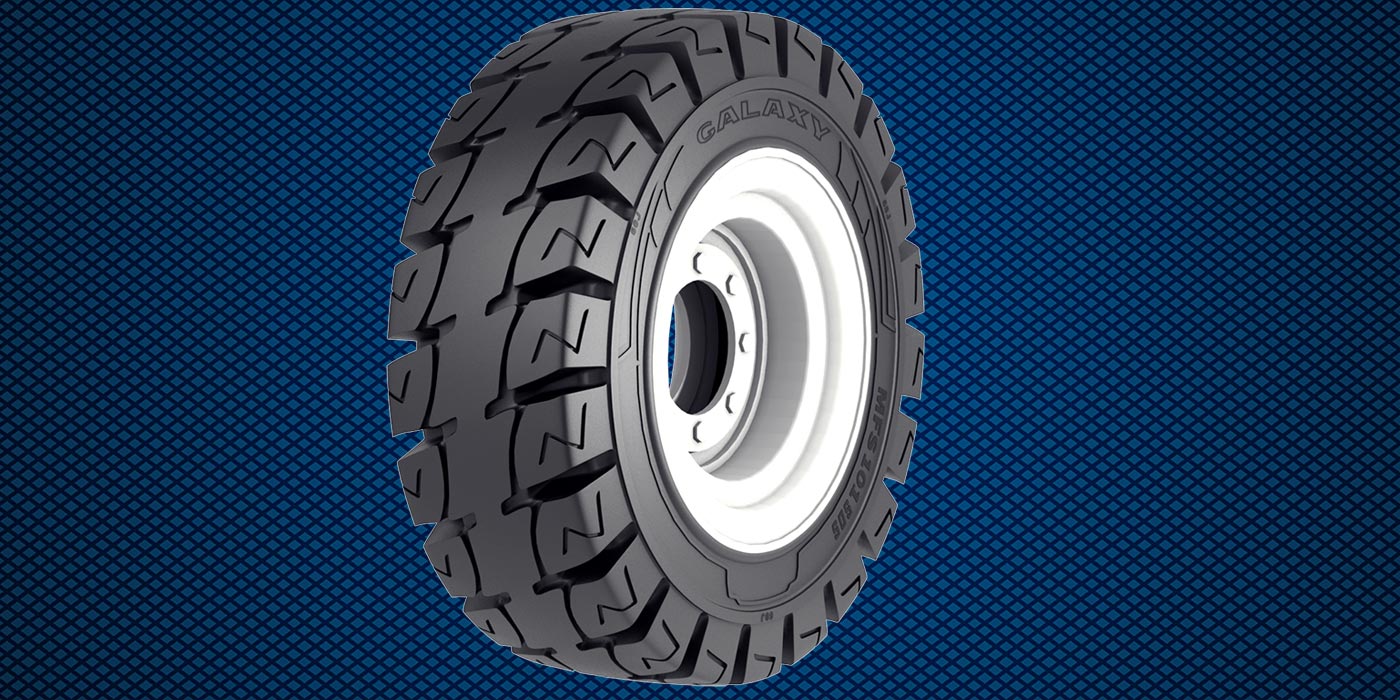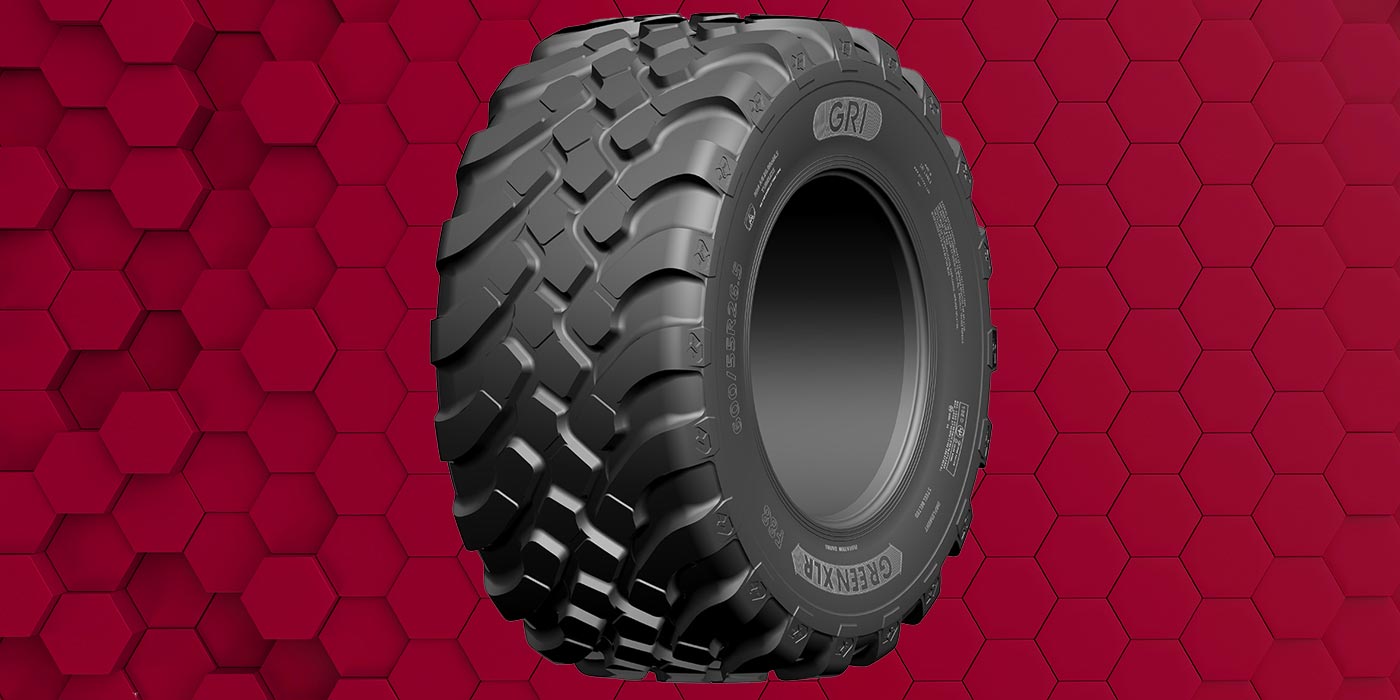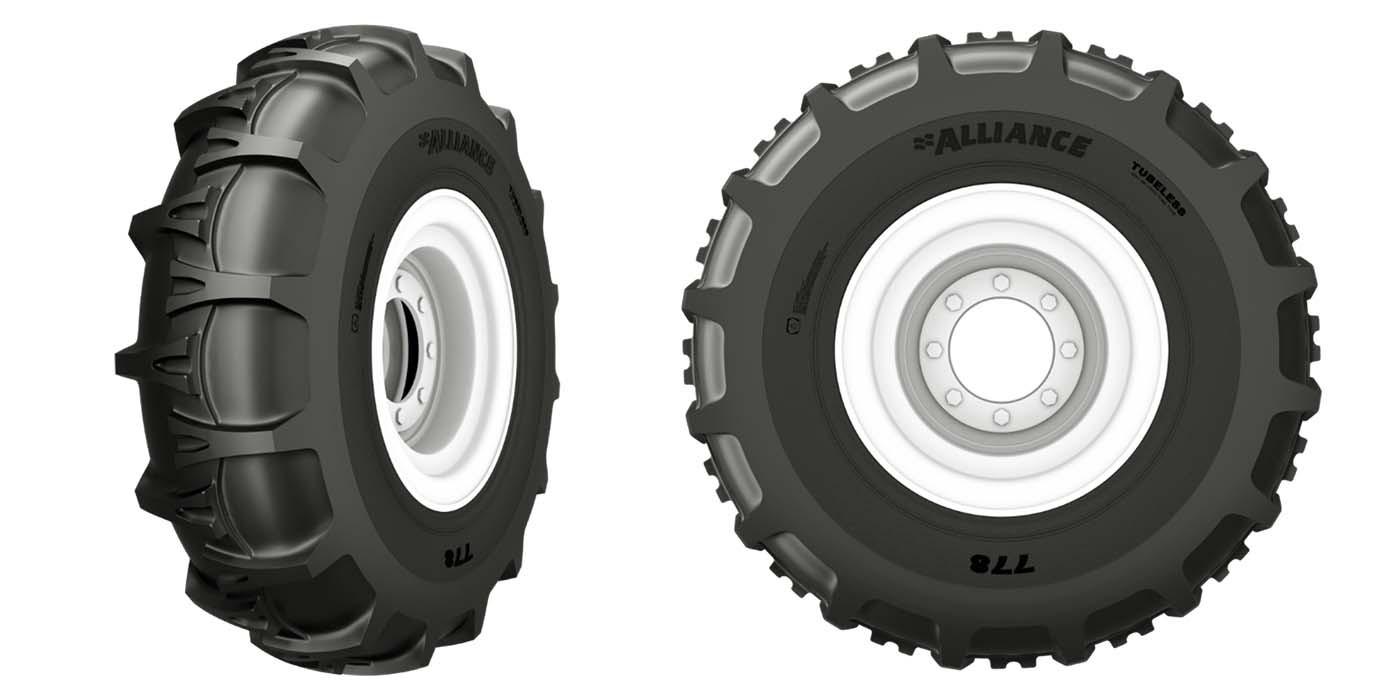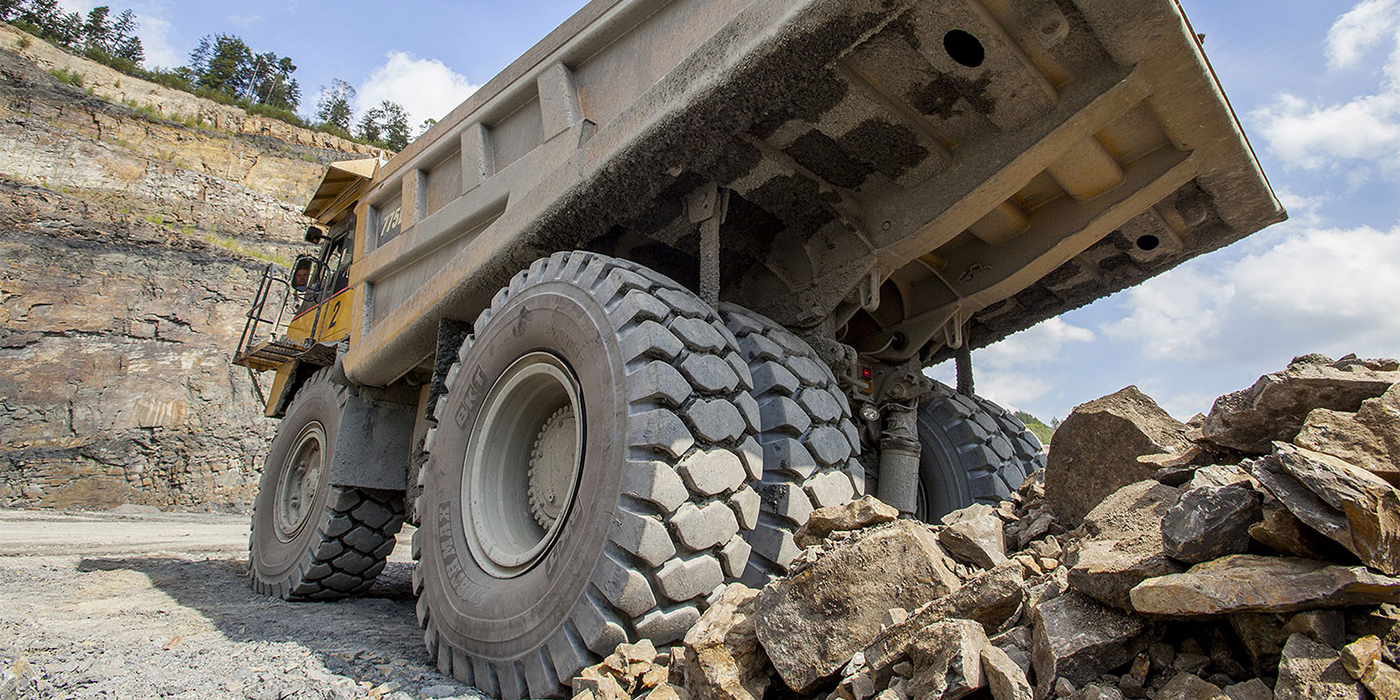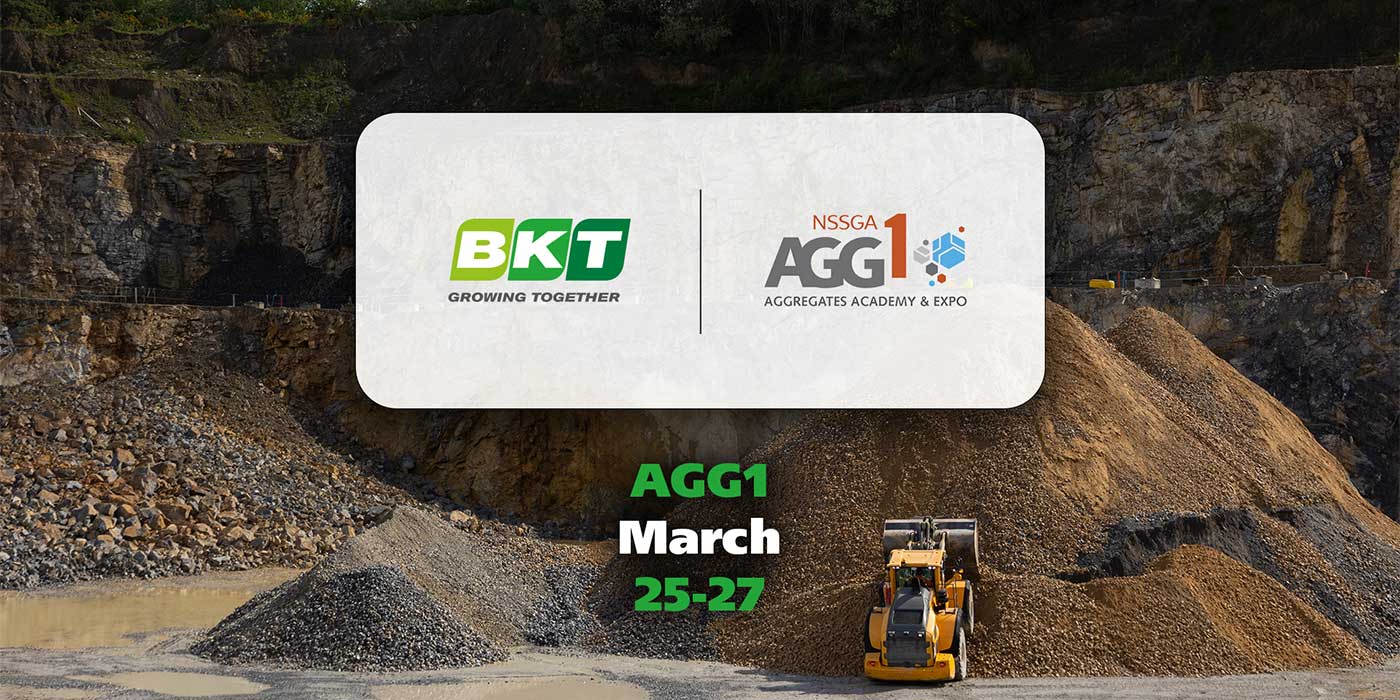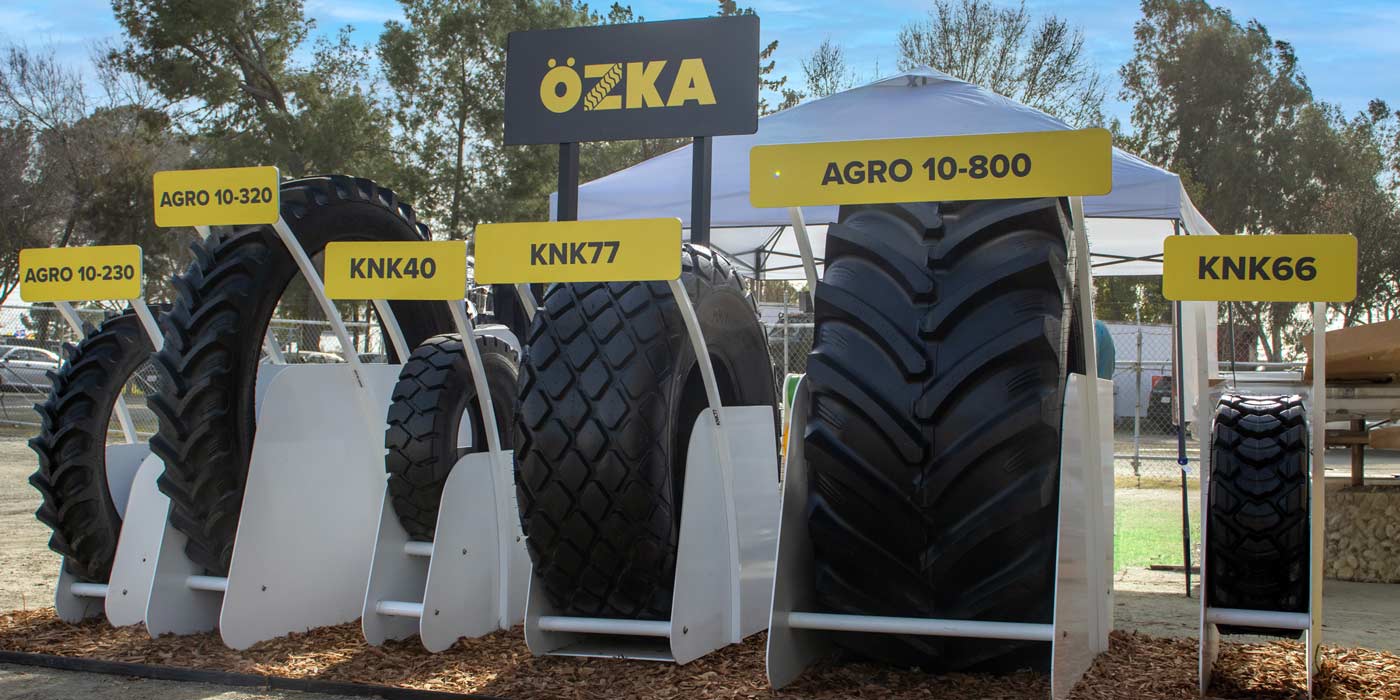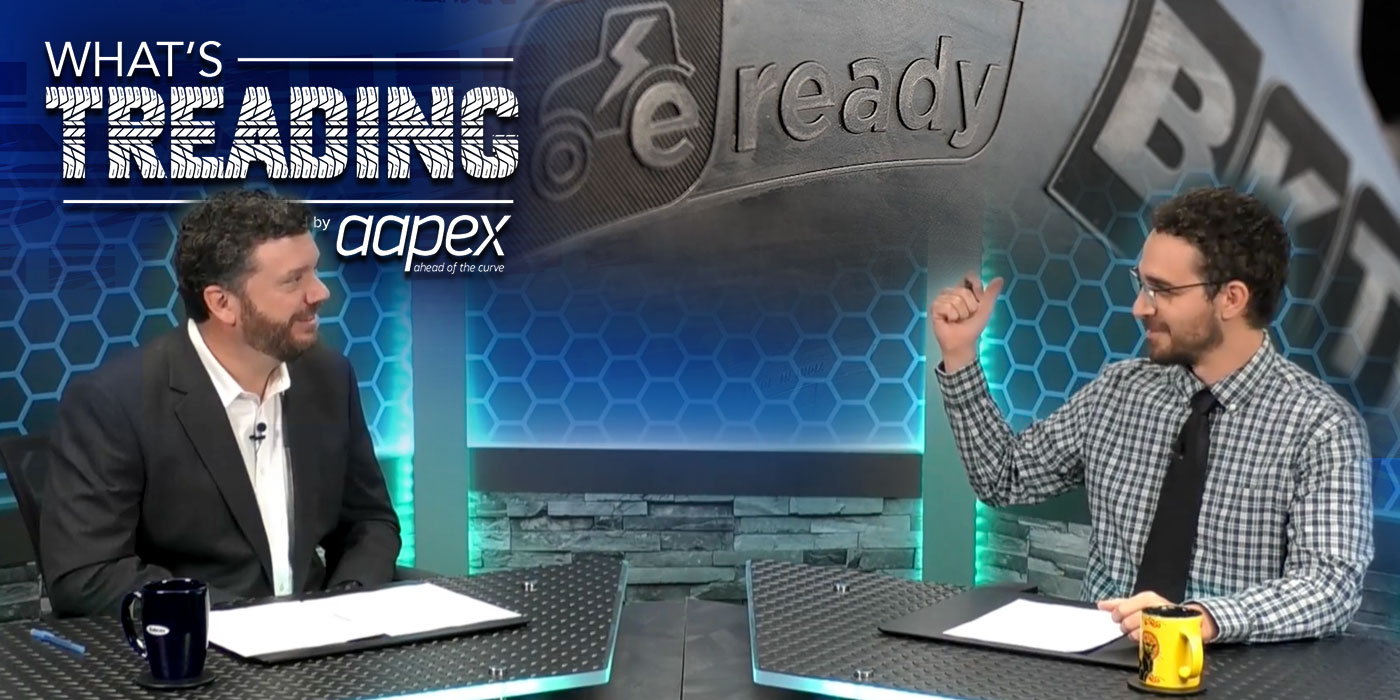With spring planting season just around the corner and already here in some parts of the country, your farmer customers will be getting their various implements ready for action. You can be a valuable resource by knowing the latest in implement tires.
Overall, implement tires by necessity have grown larger in diameter as well as section width. This increase in size was due to the increasing sizes of equipment and additional attachments to existing equipment. Larger, heavier and more complex implements require more load and speed capacity.
Implement tires traditionally were barely adequate at best in many fitments, but as the equipment size and more importantly the weights increased, there was a need to increase the weight carrying capacity to minimize tire failures. Increasing the diameter, as well as the section width, increases the size of the air chamber and can increase the tires’ weight carrying capacity along with raising the ply rating.
Also, farmers are becoming more concerned with compaction. They are looking for options to minimize compaction during all operations in their fields. Implement tires are now in their sights!
There are some IF and VF implement tires in the marketplace now, but this trend will grow due to the increased load-carrying capacities, as well as the need to minimalize compaction and reduce tire failures. We may even see some implement designers increase the envelope for tires where possible to enable larger more adequately suited implement tires to be fitted.
Tread patterns on implement tires have typically been straight rib designs with low void ratios, but these designs tend to skid or push soil forward. Therefore, we are seeing more and more implement tire tread designs with some variations that incorporate higher lug-to-void ratios. These designs roll better and have enhanced self-cleaning capabilities. They also help stabilize the equipment to minimize sideways movement on hills.
We are also seeing a transition in implement tires from bias-ply construction to radial tires, which can be used in the field at lower air pressures than bias tires. Bias implement tires performed okay when the equipment was smaller, road use was not needed as much and the tractors didn’t drive as fast. Today’s equipment has outgrown the weight carrying capacity and speeds of standard bias implement tires.
The radial implement tires that employ IF or VF technology are even more adept at accommodating heavier equipment loads while minimizing soil compaction. In addition to reducing soil compaction, evenly distributing the load across the largest possible footprint also reduces fuel consumption by increasing flotation. With diesel prices at their present levels and farmers facing sky-high input costs (i.e., fertilizer), farmers are more interested than ever to cut fuel costs.
Another major trend we’re seeing is more time on the road for the equipment. With equipment getting larger and more expensive, farmers need to work more acres. I recently visited Big Creek Farms, a CEAT customer in southeastern Georgia. Farm owner Justin Studstill grows peanuts and corn on 6,000 acres, and his John Deere tractors and implements travel a 60-square-mile area. Lots of road time! We’re also seeing more and more farms being divided up by children when they inherit from their parents. So, roadability for implement tires, as well as tractor tires, becomes even more important. Radial sidewalls, whether conventional or IF/VF, deflect more to absorb shock and improve handling on the road.
The best advice is to talk to your tire manufacturer representatives about the features and benefits of their implement tires so you can steer your farmer customers in the right direction based on their equipment size and applications. In addition to providing quick and reliable service in the field, a thorough knowledge of ever-progressing ag tire technologies will make you the “go-to” ag tire dealer in your market area.
Donald “Ryan” Loethen was named president of CEAT Specialty Tires Inc. in 2021 with responsibility for sales in North and Central America. He has 24 years of experience in business development, key account management, supply chain management, marketing and training in the Ag tire industry. Previously, he was an officer in the United States Army.

